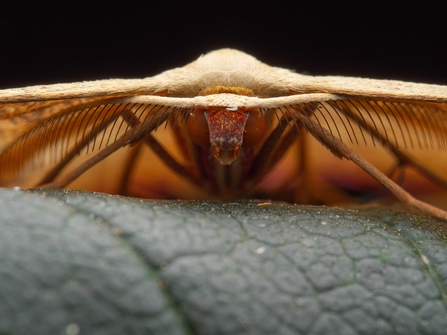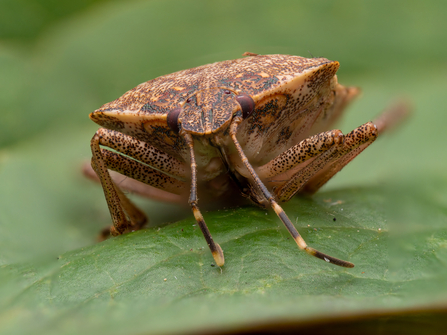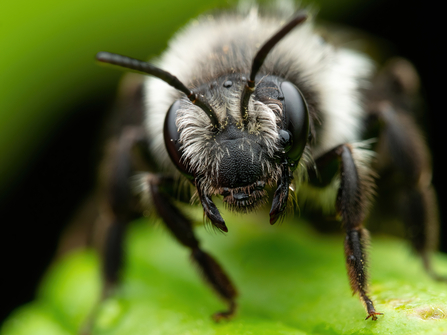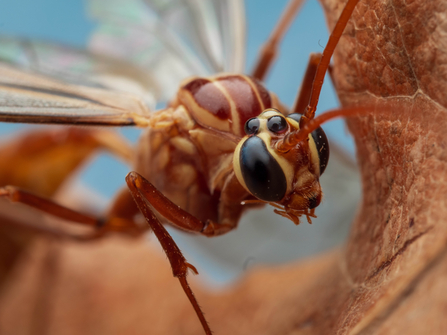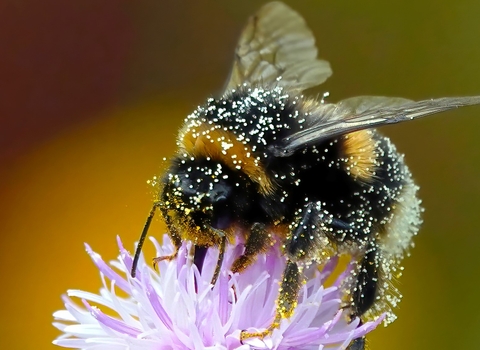When we look a little closer at nature, a whole new world can be revealed. The tiniest creatures can often be the most beautiful and detailed, and are fantastic subjects to photograph. Although, capturing smaller species can be a challenge. Luckily, we’ve got experienced macro photographer and videographer Ross Birnie, to share a few tips and tricks on capturing the perfect close-up shot.
"By photographing them, we are able to explore the world in which they live and thrive."
My job as a camera operator has taken me to some amazing places around the world. I've been lucky enough to see some incredible moments with some of the most fascinating wildlife. But my favourite things to film and photograph are here in Essex, right under my nose, often in my own back garden. The beauty of macro photography is that the average garden is home to dozens of different insect and spider species. And if you don't have a garden, try your local park or forested area for an even bigger selection of species.


